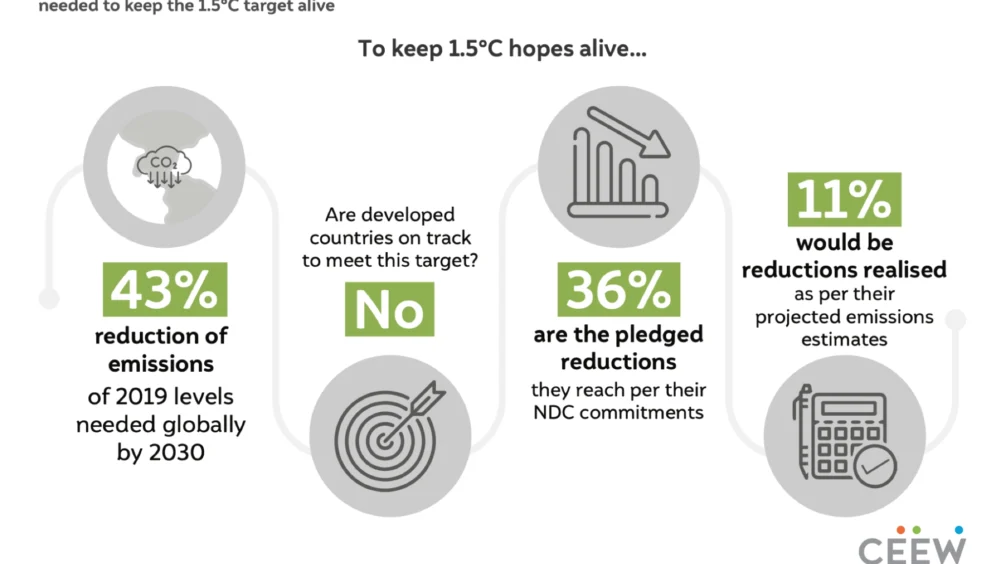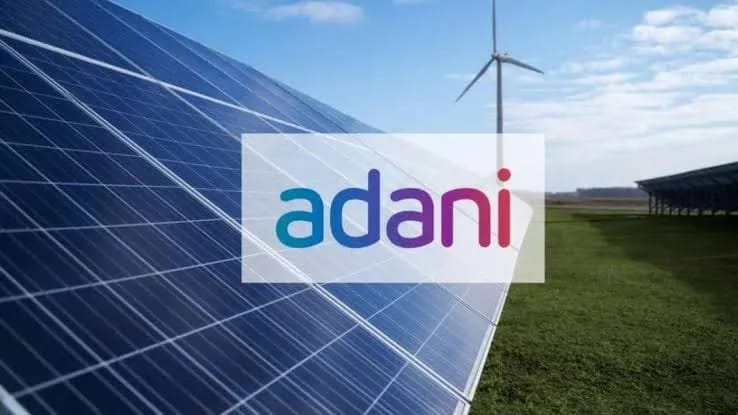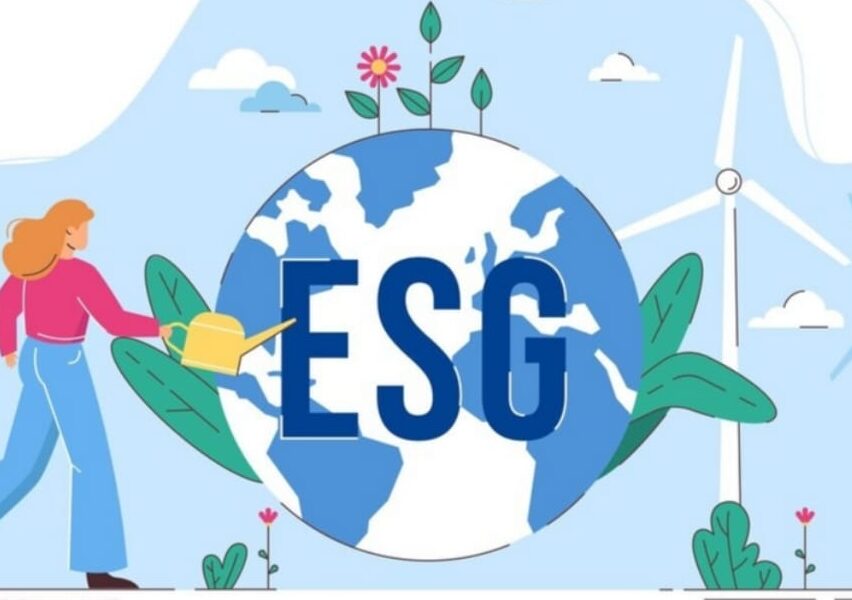Developed Countries Not On Track To Meet 2030 Emission Reduction Targets US, EU, Russia Highest Over-Shooters

World Sustainability Day 2023: Net-zero goals hinge on significant emission cuts in this decade. Instead of relying on future events, developed countries should define clear year-on-year reduction plans to meet their targets in this critical decade
Developed countries are projected to collectively emit around 3.7 gigatons of extra carbon dioxide in 2030, against the reduction goals expressed in their nationally determined contributions (NDCs) under the 2015 Paris Agreement, according to a new issue brief released by the Council on Energy, Environment, and Water (CEEW) today. This represents a 38 percent emission overshoot, with the United States, European Union, and Russia responsible for 83 percent of this. The issue brief, published in collaboration with the TRANGOV project at Wageningen University & Research, highlights that only two developed countries—Norway and Belarus—are on track to achieve their reduction commitments by 2030.
The mitigation efforts of developed countries impact the carbon budget available to developing nations, which need sufficient carbon space to address their economic and social development challenges and ensure a just transition. Further, currently, developed countries’ NDCs for 2030 collectively represent a 36 percent reduction in emissions from their 2019 levels. This is less than the global average of 43 percent that is required to keep the 1.5°C target alive.
Dr. Vaibhav Chaturvedi, Fellow, CEEW, said, “The numbers are clear—even in this critical decade, developed countries are not projected to meet their 2030 NDC targets. This failure has implications for the limited global carbon budget available now, especially for developing countries like India. It is also crucial for the Global South to have produced this analysis and not just rely on handed-down assessments that focus disproportionately on the emissions of emerging economies. To fulfill their responsibility as historical emitters and financially capable economies, developed countries must do more than meet the global average in emission reduction.”
The projections also reveal that developed countries rely on drastically ramping up emission reductions after 2030. Even if all developed countries were to reach net zero by 2050, they would require more than four times the average annual reductions they achieved from 1990 to 2020. Further, the issue brief estimates that even in a net-zero-by-2050 scenario, developed countries would collectively emit over 40–50 percent of the remaining global carbon budget left for the 1.5°C warming target, even though they are home to less than a fifth of the world’s population.
Sumit Prasad, Programme Lead, CEEW, said, “The climate journey of developed countries—historical and proposed—does not show deep enough emission reductions to reflect climate leadership. This means that the burden to mitigate global warming shifts to developing countries, which is problematic in a context where financial support to developing countries to achieve this transition has not been forthcoming, as promised.”
The issue brief recommends that developed countries enhance their NDCs and scale up climate action to bridge the projected 3.7 GtCO2e implementation gap by 2025. Net-zero goals hinge on significant emission cuts in this decade. Instead of relying on future events, developed countries should define clear year-on-year reduction plans to meet their targets in this critical decade. Further, to build trust, developed countries need to be reliable and stay committed to the Paris Agreement.




























































































































































































































































































































































































































































































































































































































































































































































































































































































































































































































































































































































































